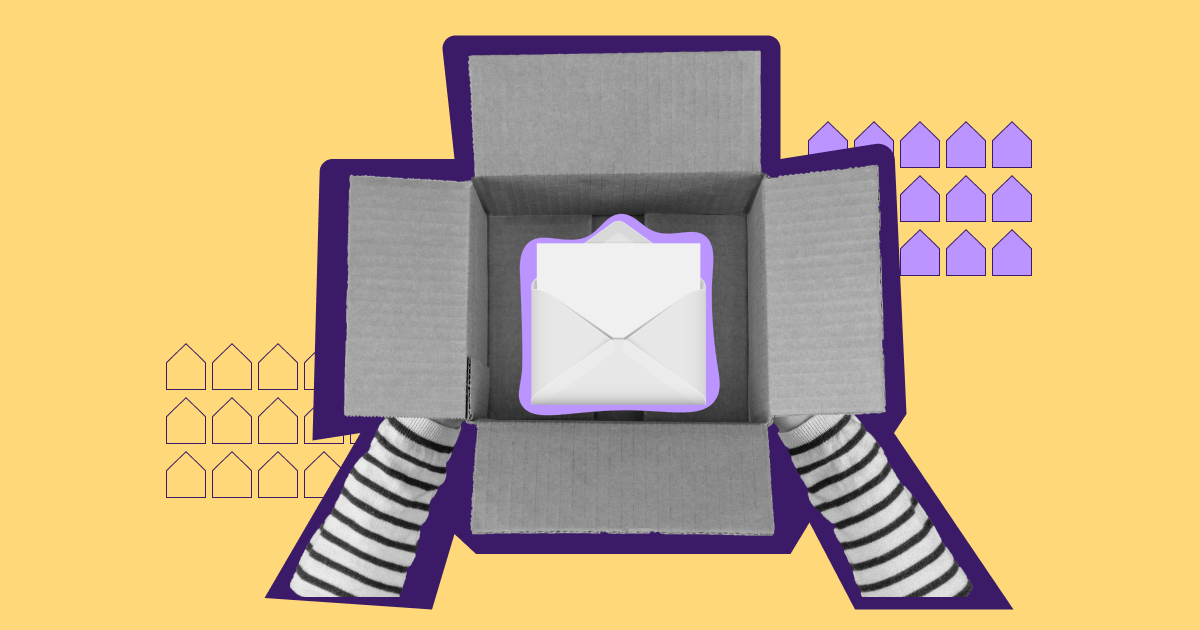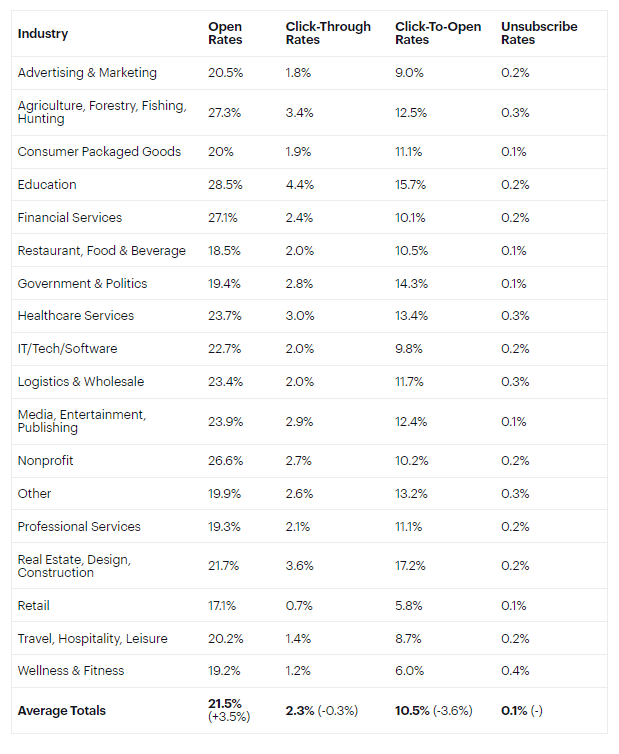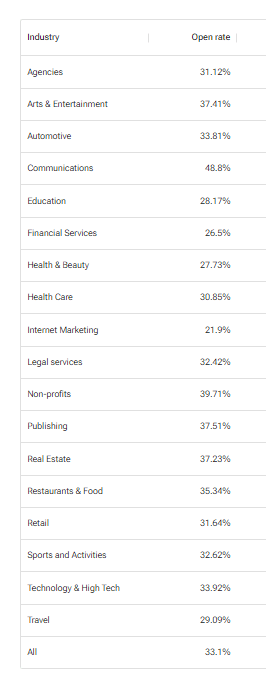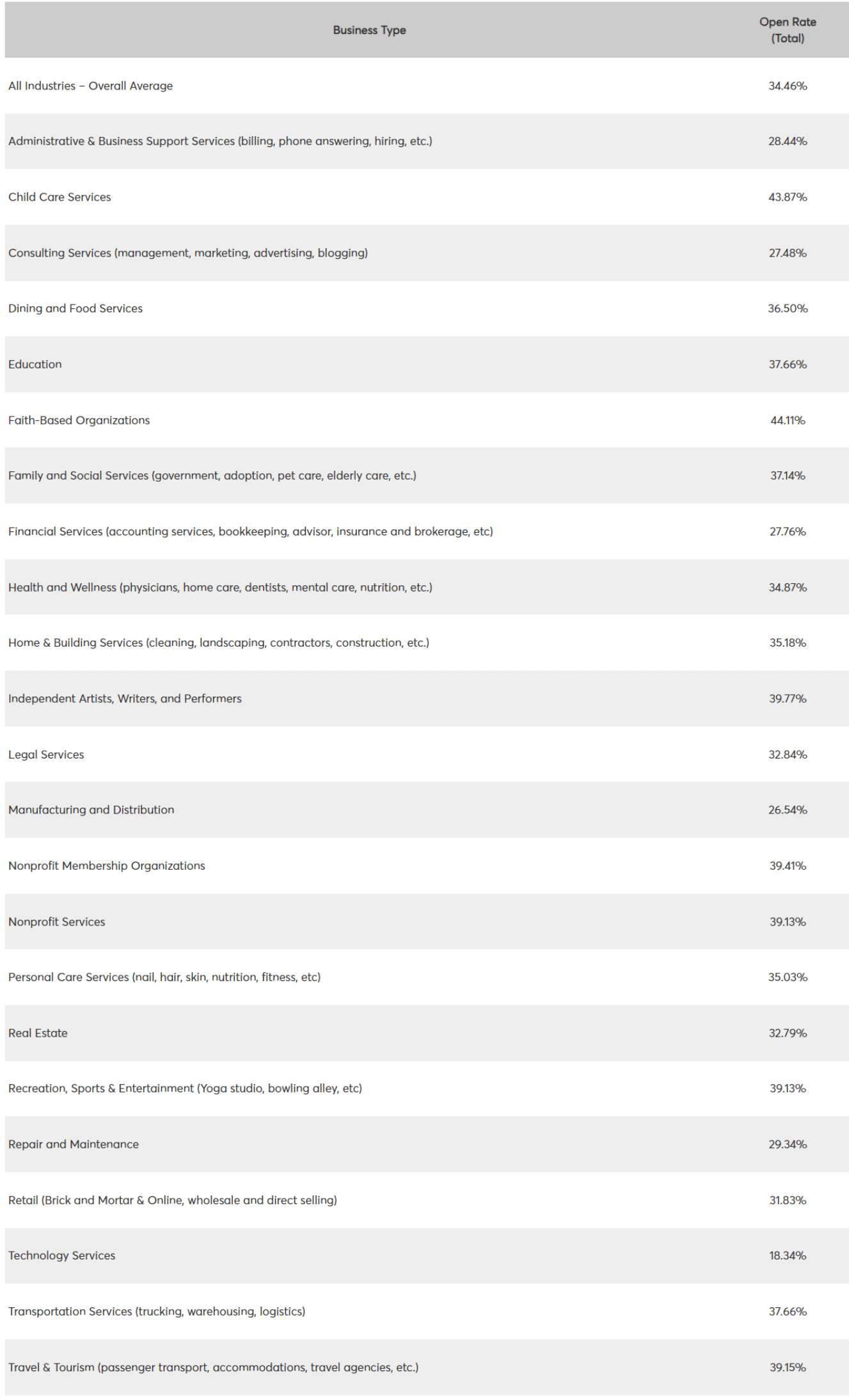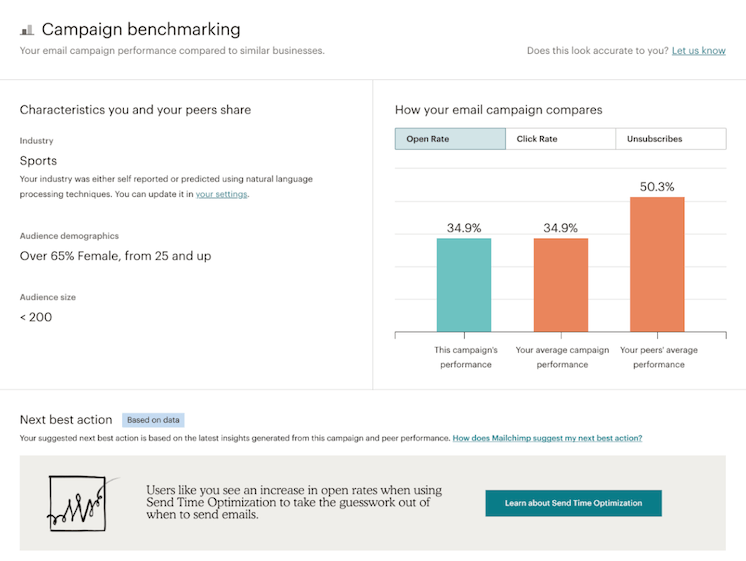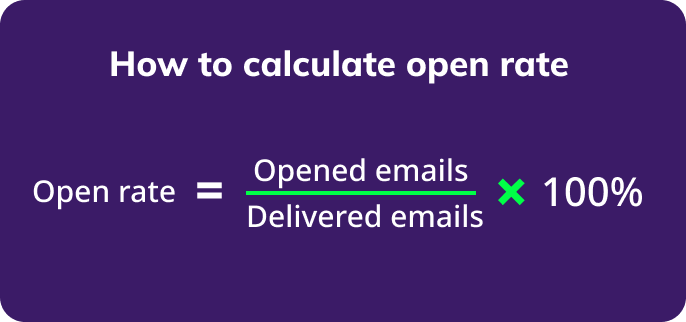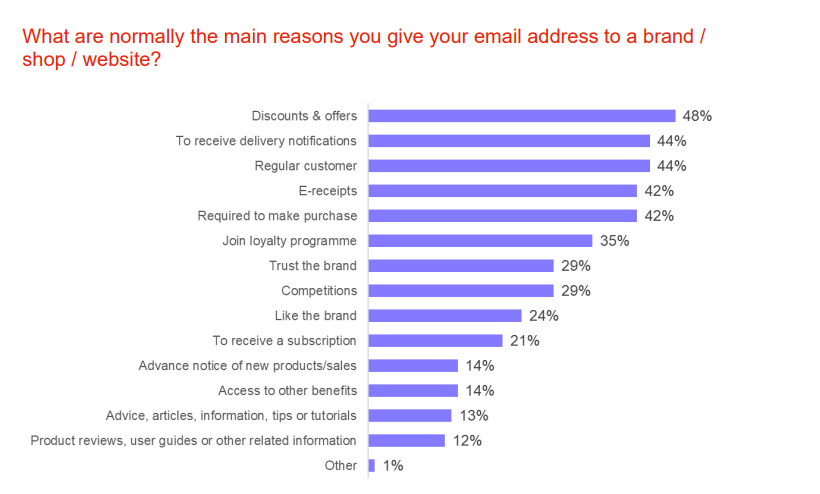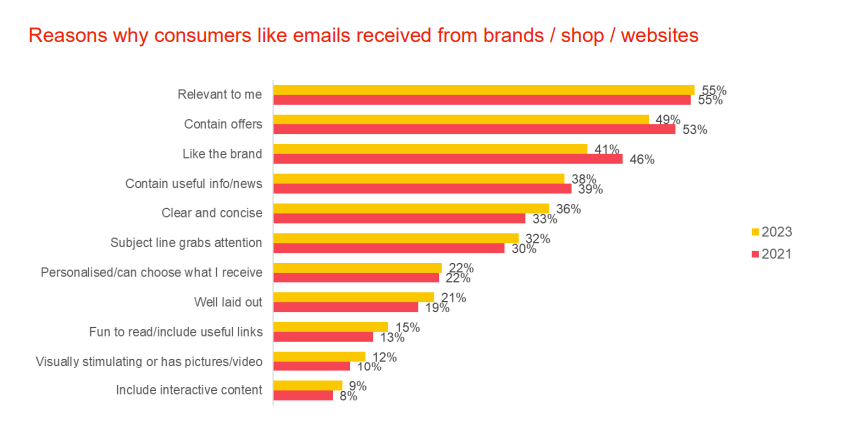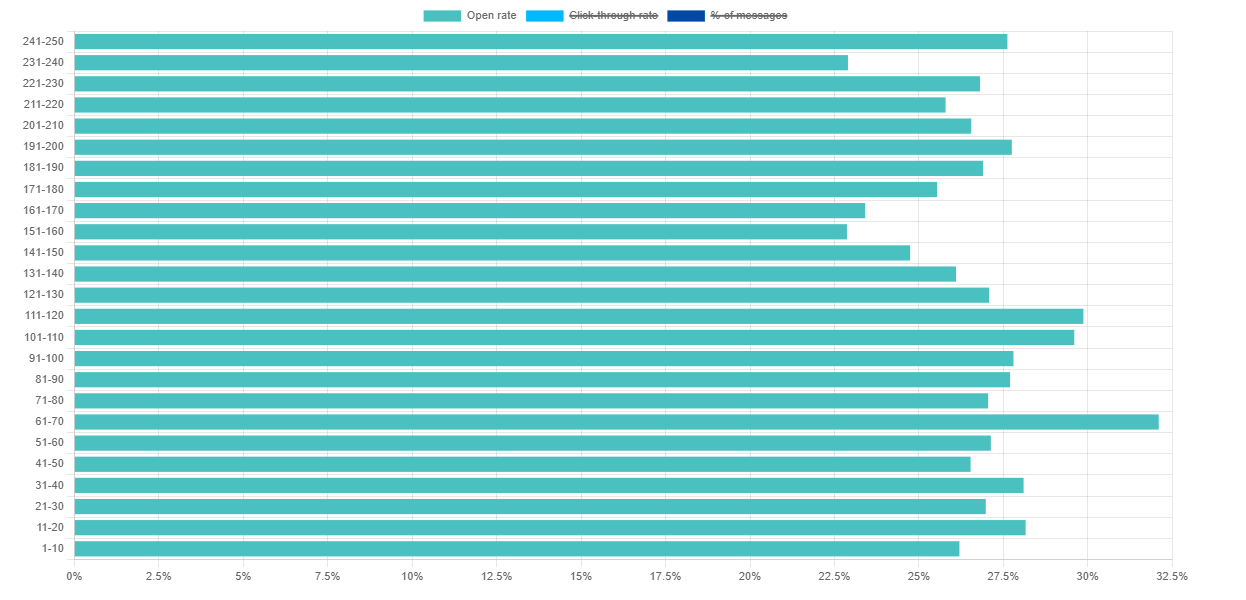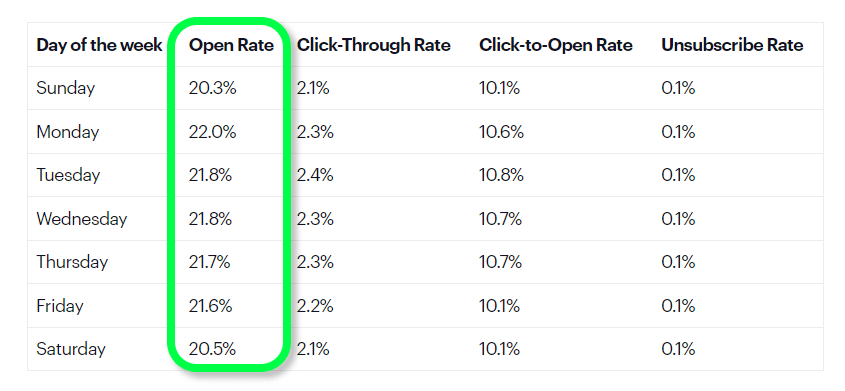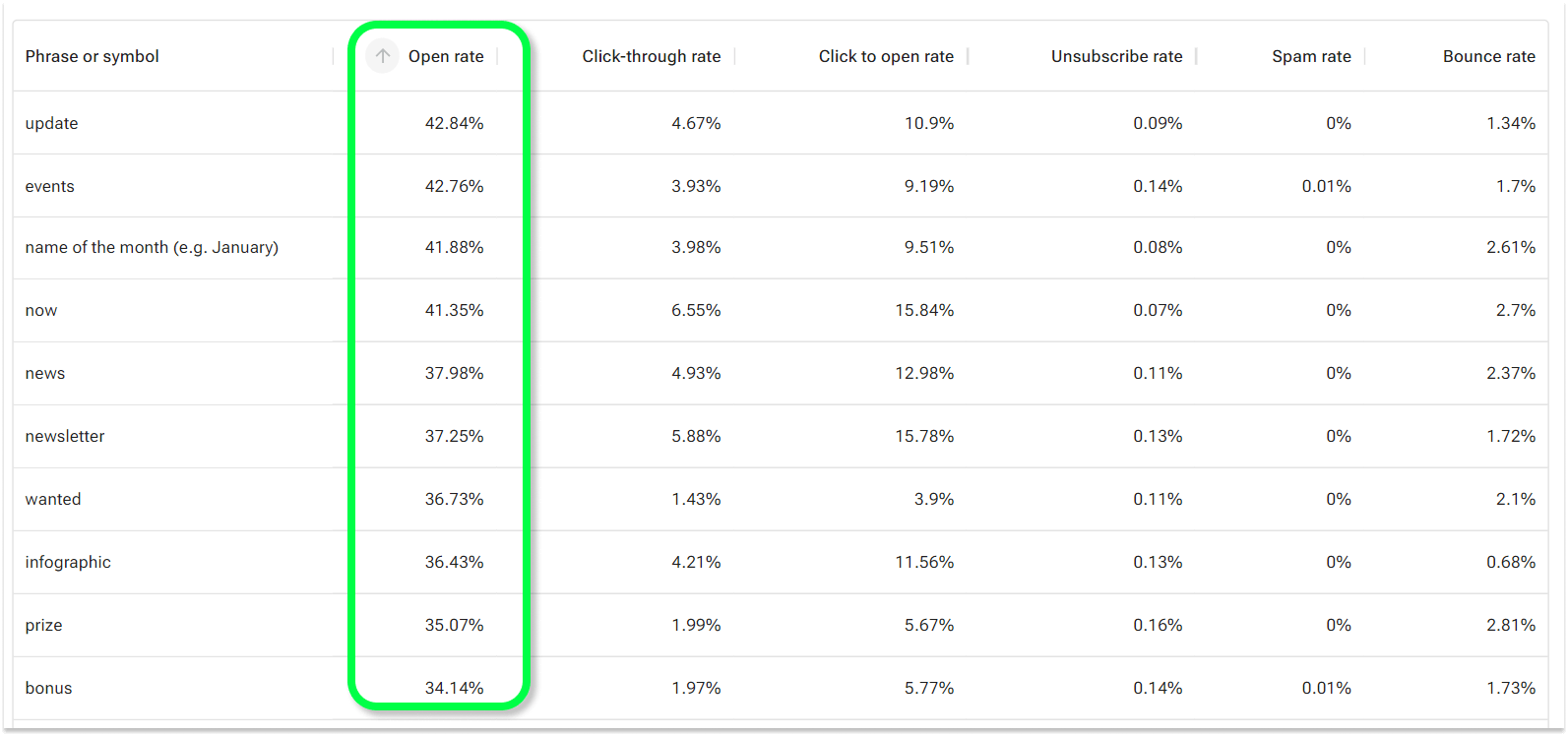It’s easy to conclude that brand recognition and loyalty is no longer important. However, according to the same report, consumers have a limited list of favorite brands they engage with. Both in 2021 and now, people on average are subscribed to around 10 marketing newsletters — and often, they use a separate address for branded emails. This implies that although customers engage with branded emails for personal gain like saving money, they still show some kind of commitment.
It’s hard to measure brand recognition and loyalty. These are often considered vanity metrics. However, both historical and present data shows the correlation between email engagement and brand recognition and loyalty.
Subject line relevance
Subject lines are the second most important trigger for opening an email. There are several aspects to subject lines that affect the open rate.
When it comes to subject lines, small things matter. There is no one magic solution that would make your email open rate sky high. A healthy mix of them that will work best for your brand is what you need to strive for.
The length of the subject line. According to the GetResponse email marketing benchmarks report, 61-70 symbols in a subject line yield the highest open rate. But the second best performers are over 100 or even over 200 symbols, so we doubt if there’s a correlation. Honestly, we’d rather treat this statistic like fun trivia not like an instruction.
